
OR
Editorial
Tremors in Western Nepal: A wake-up call for earthquake preparedness
Published On: October 13, 2023 08:00 AM NPT By: Republica | @RepublicaNepal

In the shadows of the towering Himalayas, Nepal grapples with a persistent reminder of its geologically precarious position -- the repeated tremors shaking the western parts of the country. The recent earthquake in Bajhang, measuring 5.2 on the Richter scale, serves as a vivid wake-up call, echoing the warnings of geologists who emphasize the ever-present threat of a major earthquake in this region. Unlike other natural disasters, earthquakes cannot be predicted or prevented. Therefore, the onus lies on us to stay better prepared to tackle the potential devastation that a major earthquake might unleash. It is said that the epicenter of the recent quake in Bajhang was located at Bhatekhola, a mere 5.3 kilometers away from Chainpur, the district headquarters. This proximity intensifies concerns about the region's vulnerability to more significant seismic events. The subsequent panic among the local population during the earthquake underscores the gravity of the situation and the necessity for heightened awareness and preparedness.
This latest seismic event is not an isolated incident. Just a few days prior, Bajhang experienced a more powerful earthquake measuring 6.3 on the Richter scale. Aftershocks, though of smaller magnitude, have been occurring with notable frequency since then, as noted by seismologist Dr Shiva Subedi. These events collectively emphasize the urgency for comprehensive preparation and fortification against the potentially catastrophic impact of a major earthquake. Lessons can be learned from Nepal's own history, particularly the devastating earthquake that struck central and eastern parts of the country in 2015, claiming over 9000 lives and causing immense destruction to infrastructure and property. The toll it took on lives and livelihoods was a stark reminder of the need for proactive measures to mitigate such disasters in the future. One essential step towards minimizing potential devastation is the construction of earthquake-resistant buildings. This proactive approach involves integrating seismic safety measures into building design and construction, ensuring that structures can withstand the shocks of an earthquake. Additionally, retrofitting older structures to meet modern safety standards is equally crucial. The incorporation of these seismic safety features can significantly reduce casualties and damage to property during a seismic event.
Creating widespread awareness among the population regarding earthquake preparedness is equally imperative. This includes educating individuals and communities on the appropriate actions to take before, during, and after an earthquake. Knowledge about safe zones, evacuation procedures, and emergency supplies can be lifesaving during such calamities. Furthermore, the government plays a pivotal role in ensuring the implementation of stringent building codes. Effective enforcement of these codes ensures that construction adheres to earthquake-resistant standards. Additionally, it is crucial to encourage regular inspections and mandatory upgrades to existing structures to align with these codes. It is important to recognize the fact that Nepal stands at a critical juncture, where vigilance and proactive measures can potentially save countless lives and minimize the destruction from a major earthquake. The tremors in the western parts of the country serve as a reminder of our collective vulnerability and underscore the urgent need to prioritize earthquake preparedness and resilience. It is our duty to heed this warning and take decisive action to protect our communities and safeguard our future.
You May Like This

4.4 magnitude earthquake rattles Bajhang
KATHMANDU, Feb 16: An earthquake measuring 4.4 on the Richter Scale was recorded in Bajhang district this morning. ... Read More...

Tremors of Bajhang earthquakes felt as far as Kathmandu and New Delhi
KATHMANDU, Oct 4:Bajhang district experienced multiple jolts of earthquake within a span of two hours on Tuesday afternoon, causing damages... Read More...
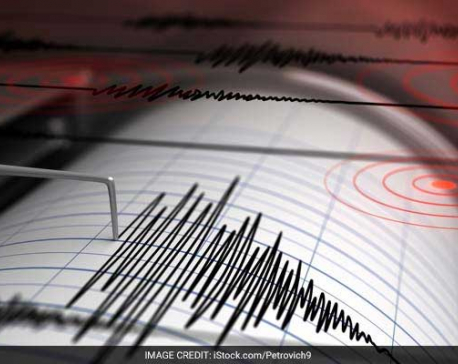
People urged to stay outdoors in Bajhang after another quake on Saturday evening
BAJHANG, Nov 13: After the earthquake in Patadewal of Khaptadchanna Rural Municipality-6 on Saturday evening again, Nepal Police has been... Read More...

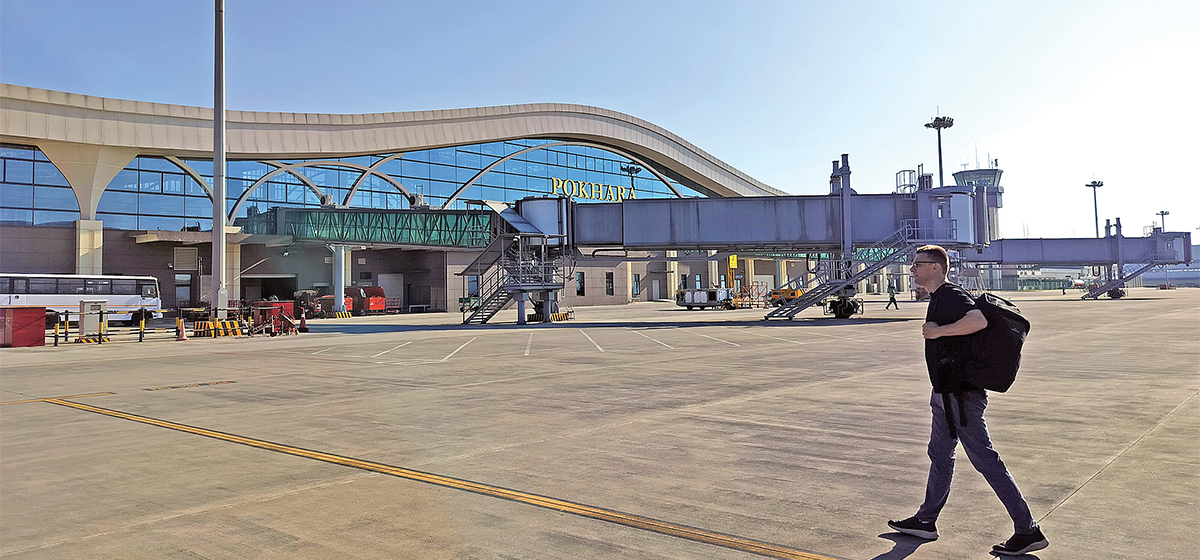

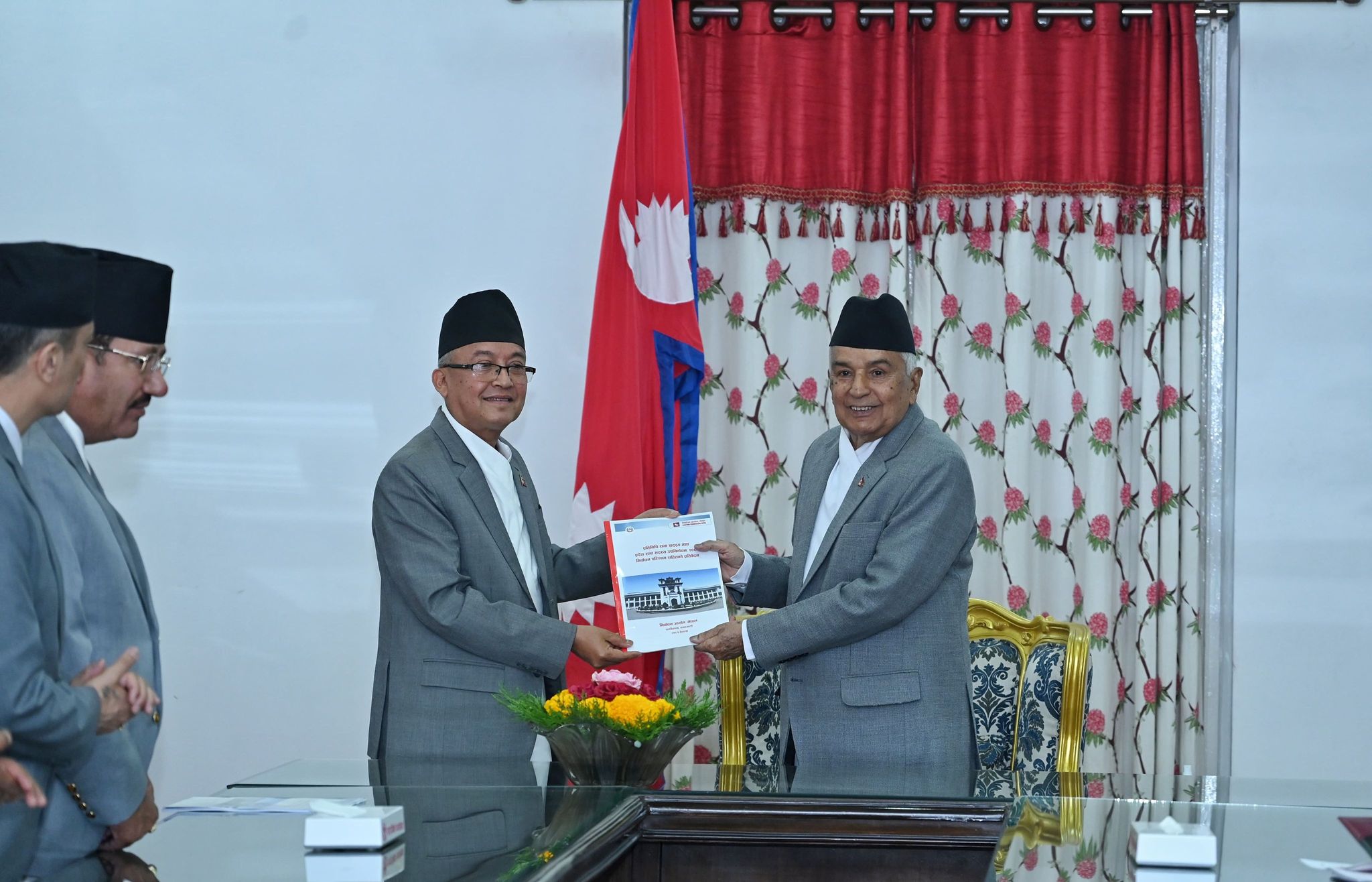

Just In
- Tibet to purchase haylage and animal fodder from Nepal
- Govt effortful for boosting investment in IT sector: Minister Sharma
- Embassy of Nepal in Canada advises students to travel with complete information and accommodation arrangements
- Flights resume at PRIA after four-day closure
- Supreme Court sets new precedent, distinguishes marital rape from rape in a landmark ruling
- EC submits by-election report to President
- Fourth T20 match: West Indies ‘A’ set 210-run target for Nepal
- PM Dahal, UML Chair Oli meet



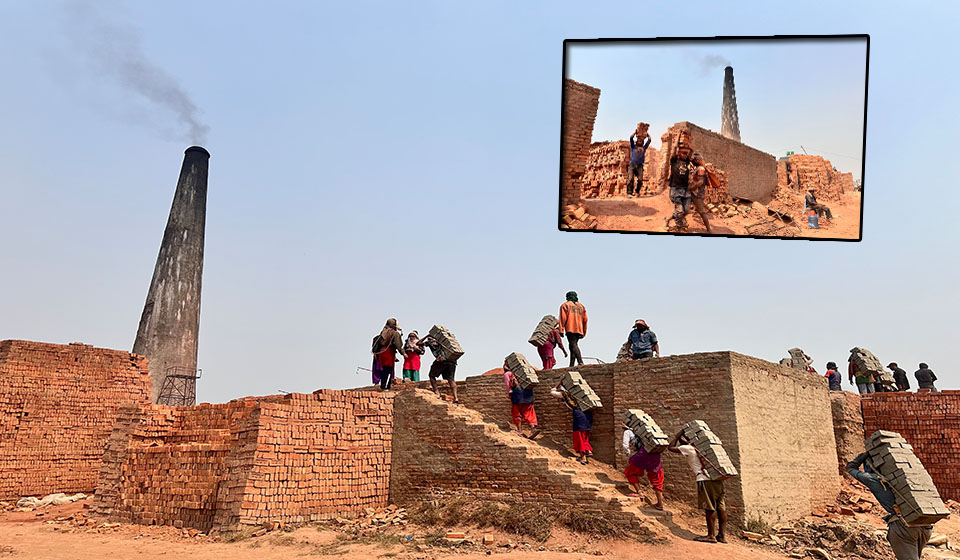


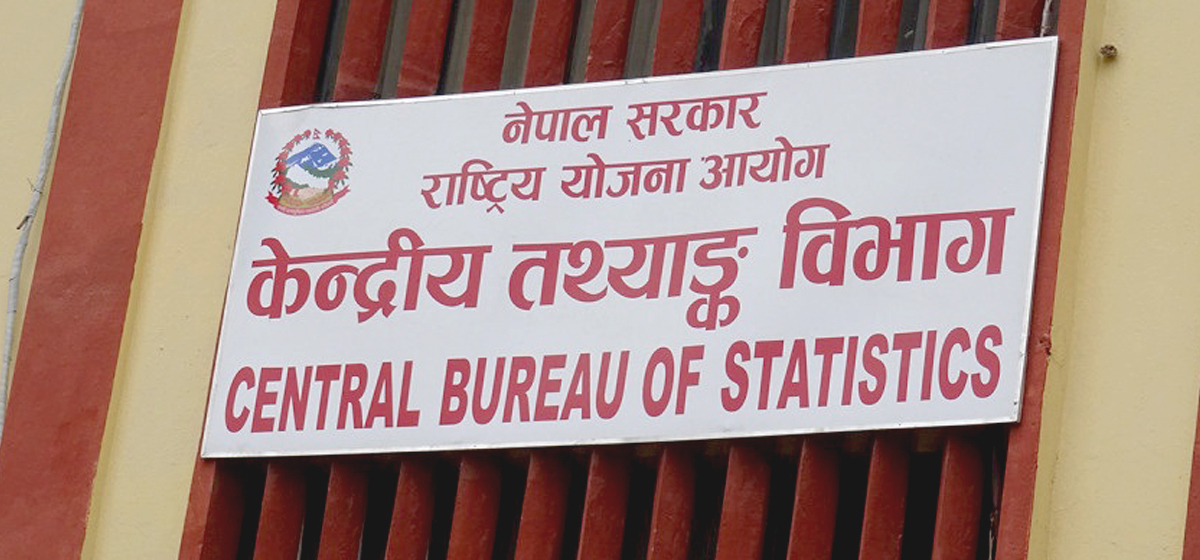
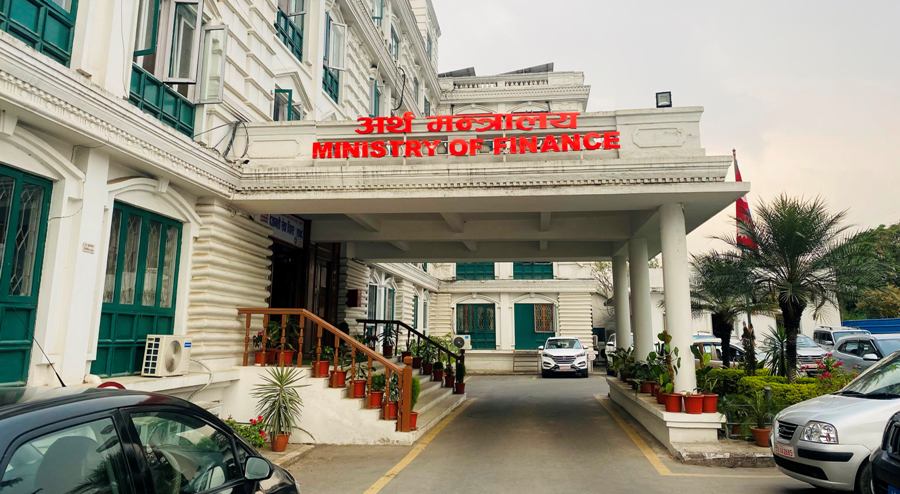
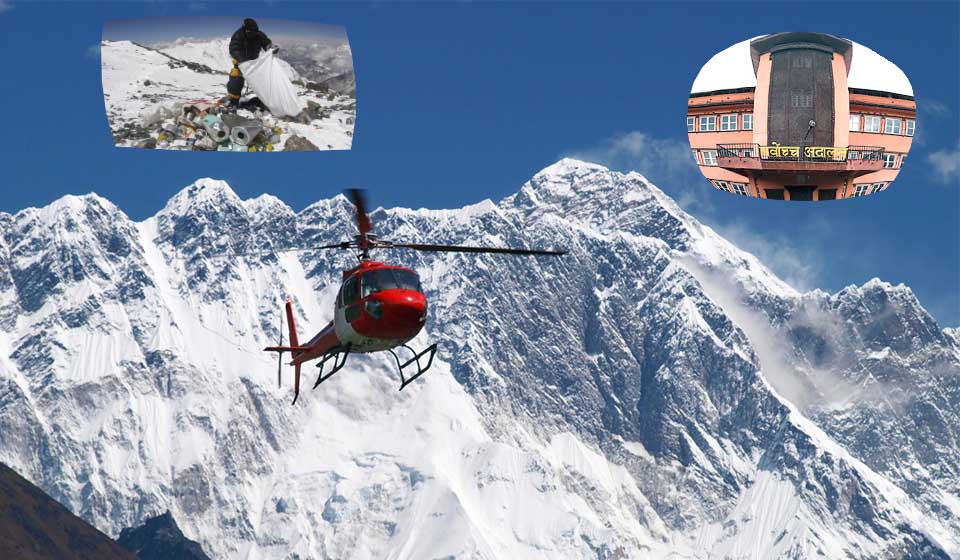




Leave A Comment